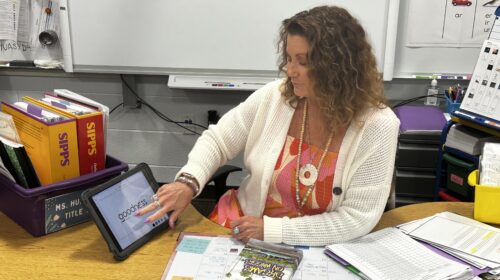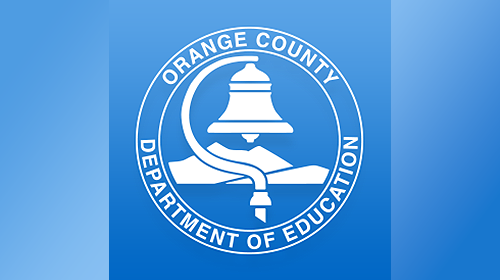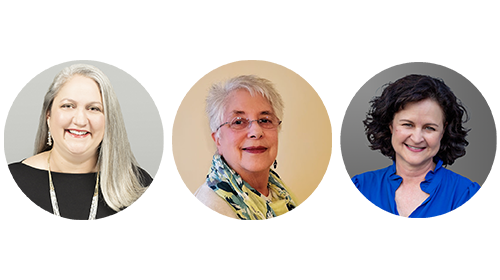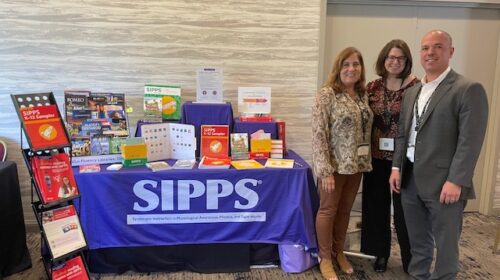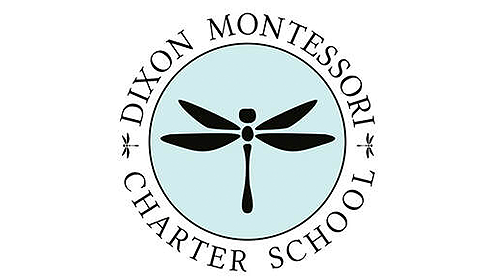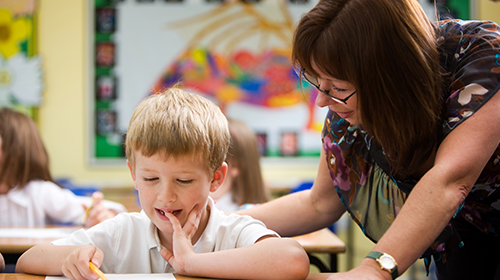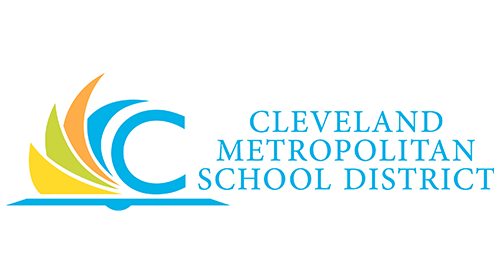-
Audio Download–SEEDS: A Professional Learning Framework
Read more: Audio Download–SEEDS: A Professional Learning FrameworkIn a recent webinar, Collaborative Classroom program experts Emily Grunt and Gina Fugnitto provided an overview of the SEEDS of Learning professional learning framework and the SEEDS approach to building children’s foundational early literacy skills.In this lively, condensed audio recording, Emily and Gina share all the latest updates for the SEEDS professional learning framework as…
-
Amber Fleming-Morales of the CA Orange County Office of Education, on a New Writing Initiative
Read more: Amber Fleming-Morales of the CA Orange County Office of Education, on a New Writing InitiativeA Collaborative Classroom Partner, California’s Orange County Office of Education offers educator resources including writing instruction.
-
Dr. Stefanie Stollar on Tier 1 Misconceptions: 5 Reasons We Need Differentiated Literacy Instruction
Read more: Dr. Stefanie Stollar on Tier 1 Misconceptions: 5 Reasons We Need Differentiated Literacy InstructionIn a recent webinar titled “Dispelling Tier 1 Misconceptions: Why We Need Differentiated Literacy Instruction,” experts Dr. Stephanie Stollar, Linda Diamond, and Dr. Marisa Ramirez Stukey challenged conventional thinking and shared insights that can significantly enhance literacy teaching in schools.
-
How a Partnership with SIPPS Is Serving Striving Readers in California’s Juvenile Justice System
Read more: How a Partnership with SIPPS Is Serving Striving Readers in California’s Juvenile Justice SystemCollaborative Classroom’s partnership with OYCR featuring SIPPS literacy resources at the Juvenile Court and Community and Alternative School Administrators of California (JCCASAC) conference.


